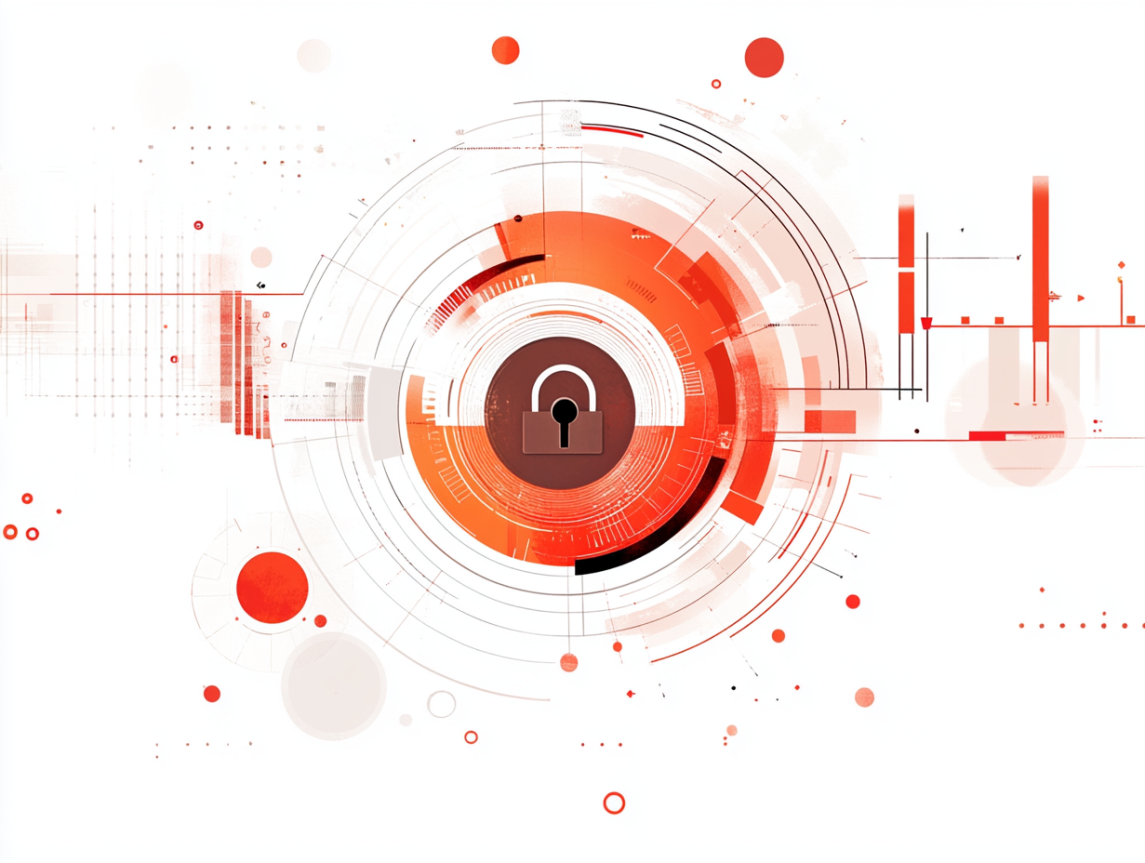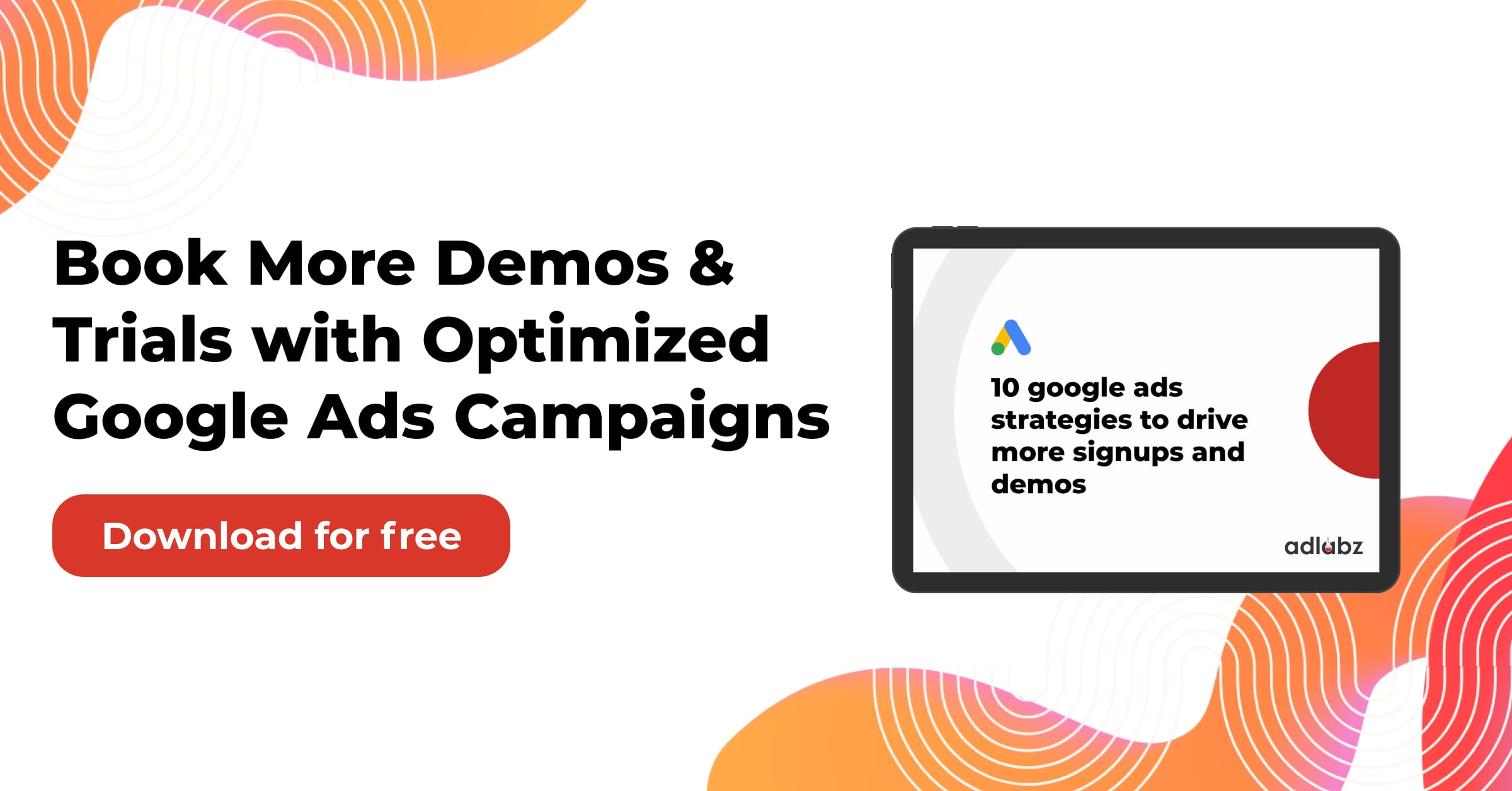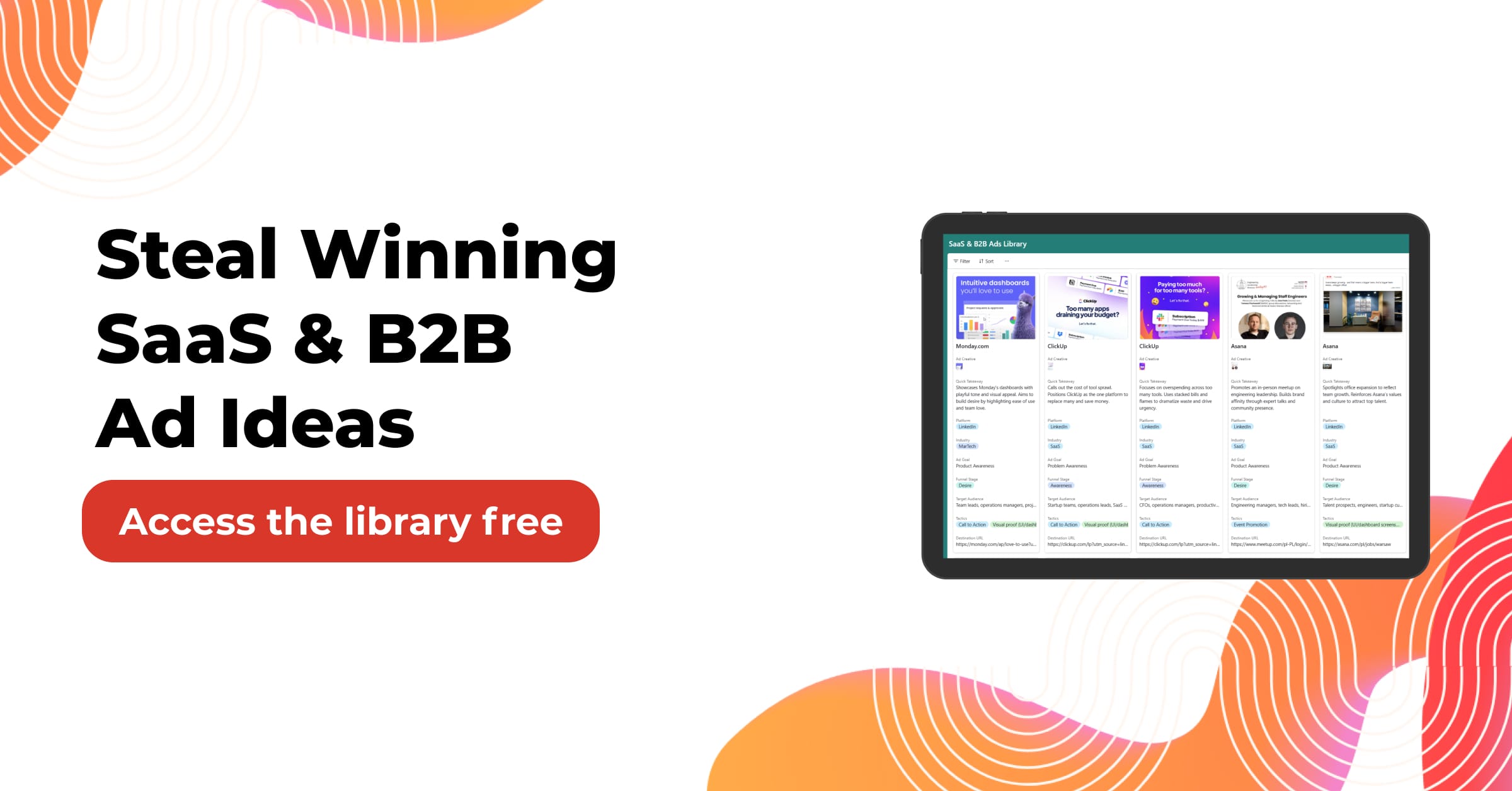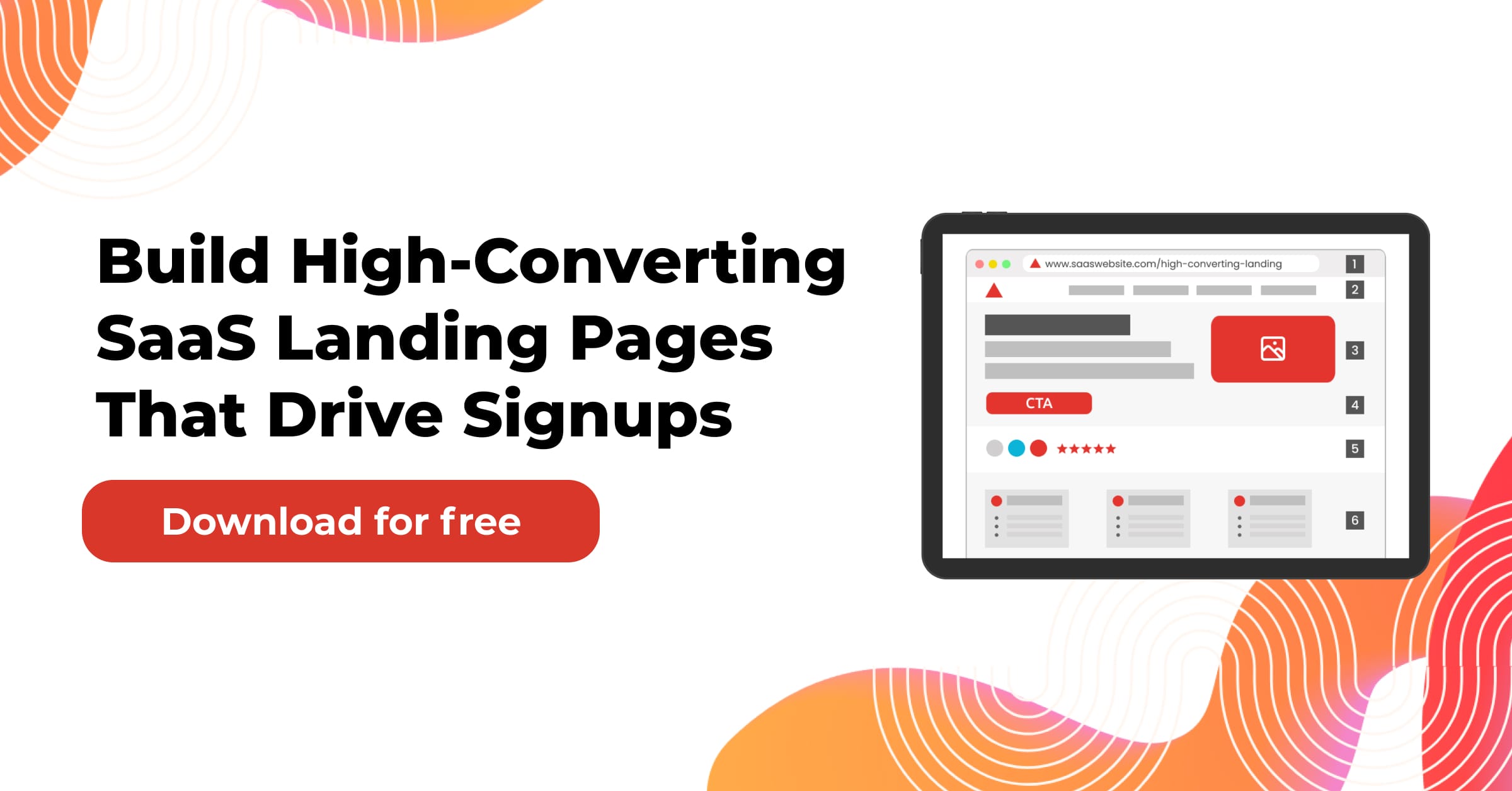Data breaches, unauthorized access, and compliance risks have become major concerns for SaaS providers. With customers demanding higher levels of trust, many businesses are exploring new Blockchain. The Future of SaaS Data Protection? technologies to safeguard sensitive information. One emerging solution is blockchain technology. But can it transform the way SaaS platforms protect data?
Jump to:
Why Do SaaS Companies Need a New Data Protection Model?
SaaS platforms often store sensitive customer data such as payment details, personal information, and business documents. This data usually lives in centralized databases, which makes it a single point of failure if attacked.
Even with encryption and firewalls, traditional systems can be compromised due to insider threats, misconfigurations, or sophisticated cyberattacks. Customers are also increasingly aware of privacy issues and demand better control over their information.
Example:
A SaaS-based project management tool stores sensitive corporate strategies for thousands of clients. If a breach occurs, not only is data exposed, but the platform’s reputation suffers severe damage. A more tamper-resistant model could help avoid such disasters.
How Can Blockchain Improve SaaS Data Security?
Blockchain uses a distributed ledger to record transactions in a way that is secure, verifiable, and tamper-resistant. Instead of keeping all data in one location, information is stored across multiple nodes.
This makes it harder for hackers to alter records without detection, as changes require consensus from all participating nodes. Each transaction is time-stamped and linked to the previous one, creating an immutable audit trail.
Table: Blockchain vs Traditional Data Storage
| Feature | Traditional SaaS Storage | Blockchain-based Storage |
|---|---|---|
| Data Location | Centralized | Distributed |
| Tamper Resistance | Limited | High |
| Audit Trail | Partial | Complete and Immutable |
| Single Point of Failure | Yes | No |
| Transparency | Low | High |
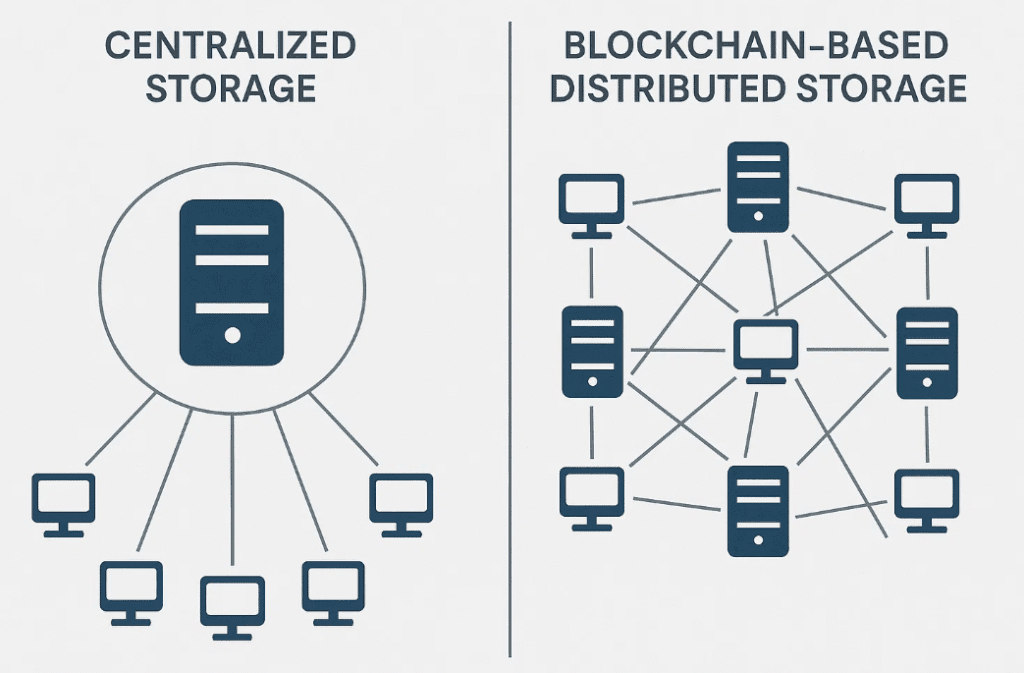
What Problems Does Blockchain Solve for SaaS Platforms?
- Data Tampering – Since every record is linked to previous blocks, altering one record requires changing all subsequent records, which is practically impossible.
- Unauthorized Access – Access can be controlled using cryptographic keys, ensuring only verified users can interact with data.
- Compliance and Auditing – A transparent ledger simplifies compliance with regulations like GDPR or HIPAA, as it provides a verifiable history of all data interactions.
Example:
A SaaS HR platform could use blockchain to store employee contracts. Each modification is recorded with a timestamp, preventing disputes over altered terms.
Is Blockchain Always the Best Fit for SaaS Data Protection?
While blockchain offers strong security benefits, it is not a universal solution. There are cases where traditional methods may still be better due to cost, speed, or data size limitations.
Challenges to Consider:
- Scalability: Large amounts of data may require hybrid approaches where blockchain stores verification data, not the full dataset.
- Performance: Blockchain transactions can be slower compared to traditional databases.
- Complexity: Integrating blockchain into an existing SaaS architecture requires expertise and careful planning.
Can Blockchain Help Build Customer Trust in SaaS?
Trust is a critical factor in SaaS adoption. When customers see that their data is stored and verified in a way that cannot be altered, it enhances confidence. Blockchain’s transparent nature also means customers can verify transactions without relying solely on the provider’s assurances.
Example:
A cloud-based accounting SaaS could allow clients to view an immutable record of all financial transactions processed through the system. This reduces the risk of fraud and disputes.
How Could a Hybrid Blockchain Model Work for SaaS?
In many cases, a hybrid approach is more practical. Sensitive identifiers or transaction logs are stored on the blockchain, while the actual data remains in secure off-chain storage. This maintains performance while benefiting from blockchain’s integrity features.
Table: Hybrid Blockchain Model Benefits
| Component | On-Chain | Off-Chain |
|---|---|---|
| Data Integrity Proof | Yes | No |
| Data Storage Cost | Low | Variable |
| Query Speed | Moderate | High |
| Tamper Resistance | Yes | Depends on storage method |
What Real-World Examples Exist for Blockchain in SaaS Security?
- File Verification Platforms – Services like Guardtime use blockchain to verify the integrity of stored files.
- Decentralized Identity Management – Platforms like Sovrin provide user-controlled identities for SaaS applications.
- Smart Contract Enforcement – SaaS billing and subscription models can be automated through blockchain-based smart contracts.
Example:
A SaaS contract management system could automatically enforce payment terms using smart contracts, ensuring both parties meet obligations without manual oversight.

How Can Blockchain Support Regulatory Compliance?
Regulations such as GDPR and HIPAA require strict tracking of data access and changes. Blockchain’s immutable logs make it easier to demonstrate compliance during audits.
Instead of relying on internal logs that can be altered, businesses can present blockchain records as proof of proper data handling.
Example:
A healthcare SaaS platform using blockchain could prove that patient records have not been altered since creation, satisfying legal requirements.
What Are the Steps to Implement Blockchain in a SaaS Platform?
- Identify the Security Gaps – Determine where your current system is vulnerable.
- Choose a Blockchain Type – Public, private, or consortium, depending on your use case.
- Design a Hybrid Model if Needed – Determine which data should be on-chain and which should remain off-chain.
- Integrate with Existing Systems – Use APIs or middleware for smooth communication.
- Test and Audit – Ensure performance, compliance, and user acceptance.
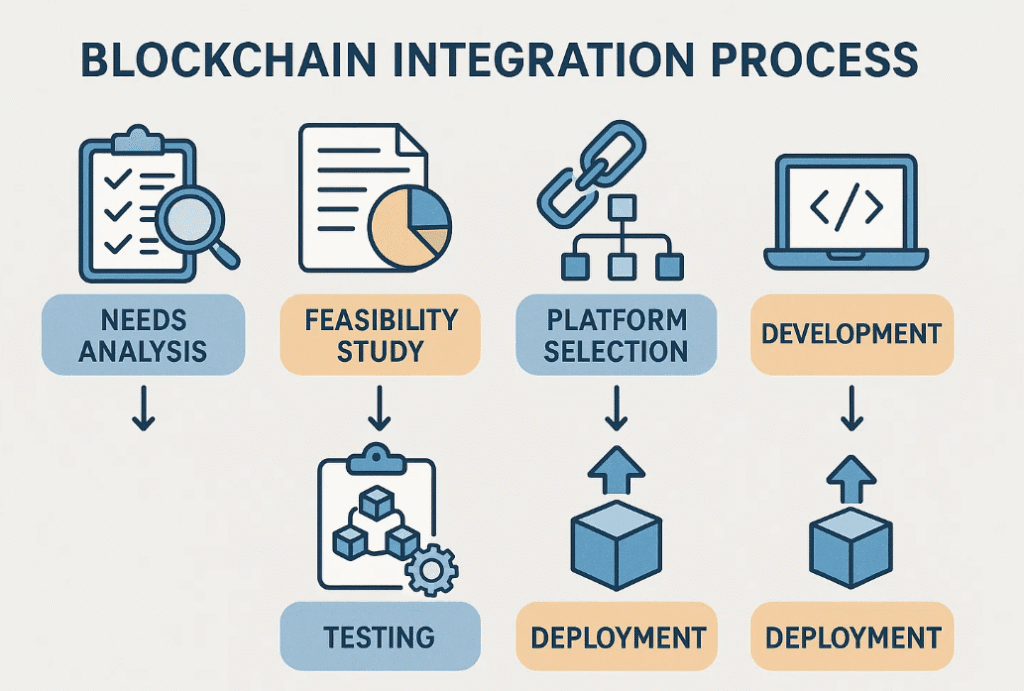
What Industries Can Benefit the Most from Blockchain in SaaS?
Not every SaaS industry has the same data protection needs. Some operate under strict compliance regulations, while others manage highly sensitive intellectual property. Blockchain offers varying advantages depending on the industry.
High-Benefit Industries:
| Industry | Why Blockchain Fits Well |
|---|---|
| Healthcare SaaS | Protects patient records and complies with HIPAA |
| Finance and Fintech SaaS | Creates tamper-proof transaction histories |
| Legal Tech SaaS | Ensures integrity of contracts and legal evidence |
| Supply Chain SaaS | Tracks goods with immutable shipping and origin data |
| HR and Payroll SaaS | Stores employee records securely and prevents unauthorized changes |
| EdTech SaaS | Protects academic certificates and course completion records |
Example:
A fintech SaaS offering cross-border payments could use blockchain to record every transaction in real time, providing customers with unquestionable proof of transfers.
Can Blockchain Reduce Insider Threats in SaaS?
Insider threats—whether intentional or accidental—are a major risk for SaaS platforms. A malicious employee could alter records, delete data, or leak sensitive information.
Blockchain helps reduce this risk by:
- Making all changes visible and traceable
- Preventing alteration of records without consensus
- Using cryptographic authentication for every action
Example:
An employee database stored with blockchain verification would make it immediately obvious if someone tried to alter salary records without authorization.
What Is the Role of Smart Contracts in SaaS Data Protection?
Smart contracts are self-executing programs stored on a blockchain that run when predetermined conditions are met. They can be used in SaaS for:
- Automating subscription renewals
- Enforcing access restrictions
- Ensuring payments before delivering data access
Example:
A SaaS photo licensing platform could release a high-resolution image only after payment confirmation is verified on-chain.

How Does Blockchain Integrate with Existing SaaS Security Tools?
Blockchain should not replace existing security tools—it works best as part of a layered security approach.
Common Integrations:
- With Encryption: Store only encrypted hashes on the blockchain, not raw data.
- With Access Management Systems: Log all user access attempts on-chain.
- With Monitoring Tools: Use blockchain as an audit layer for SIEM systems.
Example:
A SaaS ERP system could integrate blockchain with its role-based access control, creating immutable logs of who accessed sensitive financial reports.
Can Blockchain Improve Customer Control Over Data?
One of the biggest customer concerns with SaaS is losing control of data once it is uploaded. Blockchain-enabled systems can let users:
- View every change to their data
- Approve or revoke access instantly
- Prove ownership of original records
Example:
An online design SaaS could store project file fingerprints on blockchain, ensuring that clients can prove authorship and creation dates.
What Are the Costs of Implementing Blockchain in SaaS?
While blockchain can increase trust and compliance, it also brings costs:
- Development Costs: Expertise in blockchain architecture and integration
- Infrastructure Costs: Additional nodes and storage for distributed ledgers
- Transaction Costs: Some blockchains require transaction fees for every record added
Table: Cost Considerations for SaaS Blockchain Integration
| Cost Type | Description | Example Impact |
|---|---|---|
| Development | Building blockchain APIs and nodes | $50K – $200K initial |
| Infrastructure | Servers, storage, and network maintenance | $2K – $10K monthly |
| Transaction Fees | Network fees per write operation | $0.01 – $1 per transaction |

Is Blockchain Scalable Enough for Large SaaS Platforms?
Scalability is a common concern. Public blockchains can process only a limited number of transactions per second, which might be too slow for high-volume SaaS applications.
Solutions:
- Use private or consortium blockchains for higher throughput
- Store large files off-chain, keeping only integrity proofs on-chain
- Implement layer-2 solutions for faster processing
Example:
A SaaS analytics tool could store massive log files in traditional storage but record hash values on blockchain for verification.
How Could Blockchain Help SaaS Platforms in the Case of a Breach?
If a SaaS system suffers a breach, blockchain can:
- Provide an unaltered history of data before the breach
- Help identify exactly when and where unauthorized changes happened
- Serve as legal evidence in case of disputes
Example:
In a ransomware attack, a SaaS backup service could restore files and prove their integrity by matching hashes stored on a blockchain before the attack.
Are There Privacy Concerns with Blockchain in SaaS?
Although blockchain provides transparency, too much transparency can be a problem if sensitive data is publicly visible. To avoid this:
- Store only encrypted hashes on-chain
- Use permissioned blockchains
- Avoid storing personally identifiable information directly
Example:
A SaaS CRM could store contact records in a secure database and only publish anonymized hashes to blockchain for verification.
Future Trends: Blockchain and AI for SaaS Security
The combination of blockchain and AI could bring advanced security features:
- AI Threat Detection + Immutable Audit Trails
- Automated Compliance Checks
- Decentralized AI Decision-Making
Example:
A SaaS fraud detection tool could use AI to flag suspicious activity while storing all flagged events on a blockchain for later audit.
Related Guide: https://www.youtube.com/shorts/IJjdRLNn7vw
Will Customers Start Expecting Blockchain in All SaaS Products?
Just as SSL certificates became a standard for websites, blockchain-based verification could become a baseline expectation for SaaS platforms handling sensitive data.
In the future, having a “Verified by Blockchain” badge might be as common as showing security seals today.
Example:
A legal document SaaS could use blockchain verification as a marketing differentiator, attracting clients in need of absolute trust.
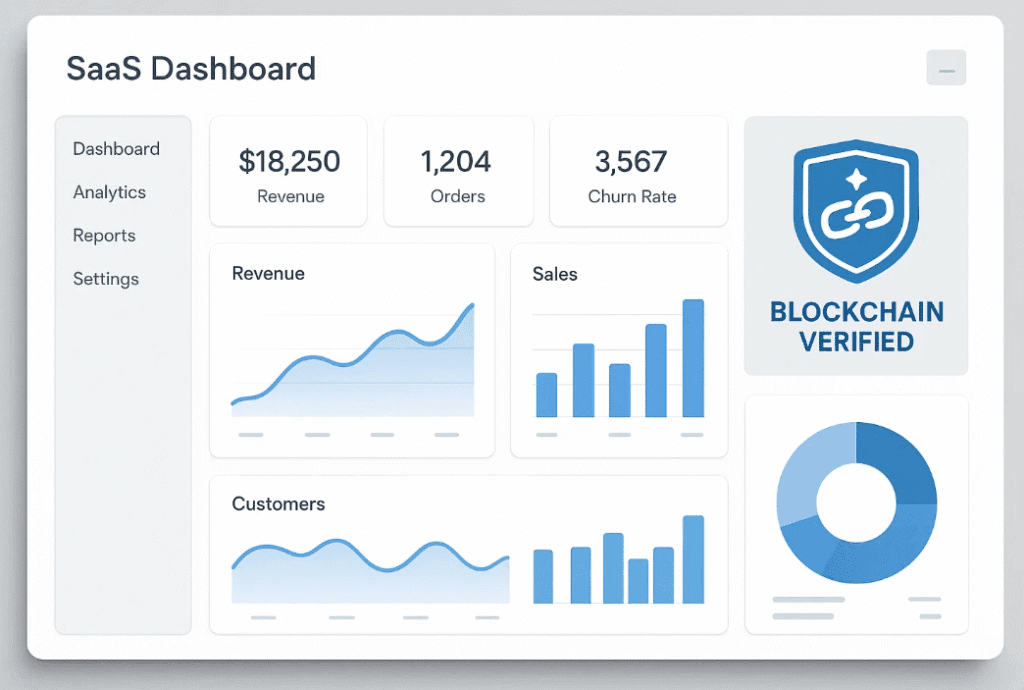
How SaaS Startups Can Get Started with Blockchain Security
For SaaS startups, integrating blockchain early in the architecture can be easier than retrofitting later.
Steps for Startups:
- Start with a proof of concept
- Choose a blockchain framework like Hyperledger, Ethereum, or Corda
- Identify one high-value feature for blockchain integration
- Gradually expand to more areas as adoption grows
Final Thoughts: The Role of Blockchain in SaaS Data Protection
Blockchain will not replace every existing security measure, but it offers something unique—an unchangeable, distributed, and transparent record of data events. For SaaS businesses seeking to enhance trust, comply with regulations, and safeguard against both internal and external threats, blockchain can be a powerful tool.
In the coming years, the most trusted SaaS platforms will likely be those that combine traditional security with blockchain-based verification.
How Will Blockchain Shape the Future of SaaS Data Protection
The future of SaaS security will likely involve multi-layered protection strategies where blockchain plays a central role in ensuring integrity and transparency. As adoption grows, we may see more SaaS providers using blockchain for customer-facing trust features, regulatory compliance, and automated security monitoring.
Example:
In the next decade, it may become common for every SaaS subscription to come with a “verified by blockchain” seal that customers can check in real-time


